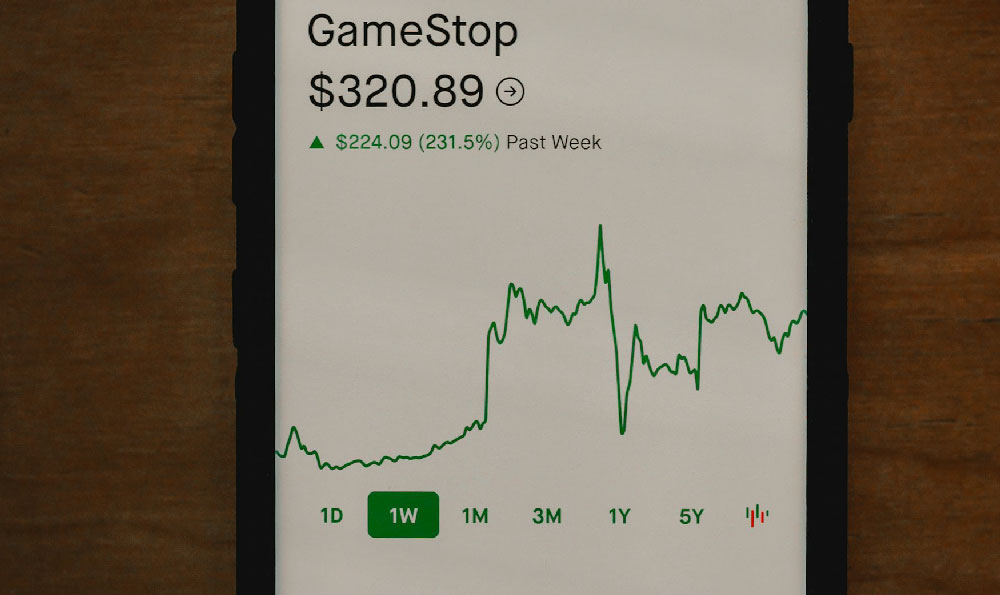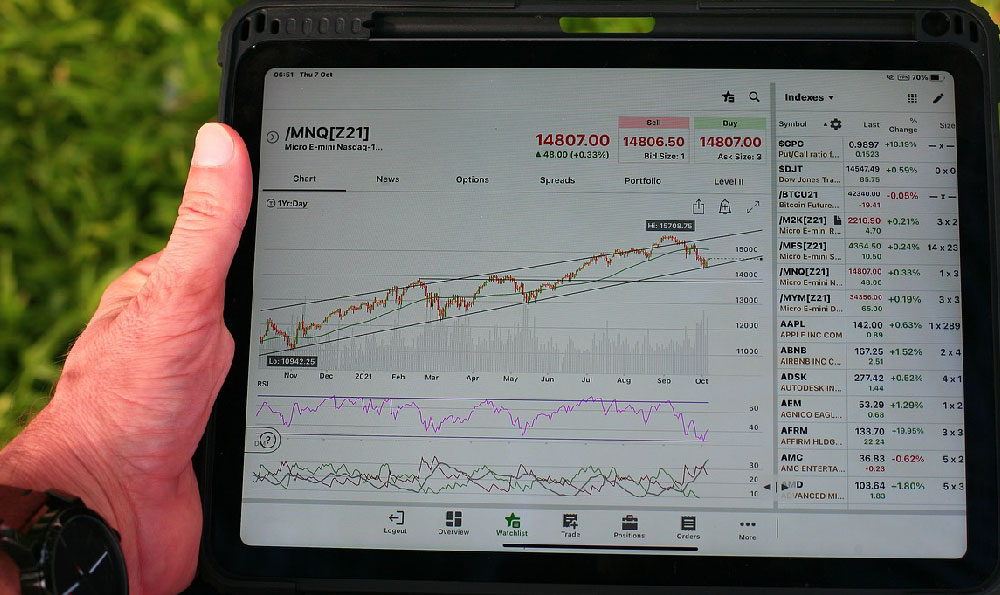Understanding revenue drivers and identifying where the real money lies is crucial for any individual or business seeking financial success. It's not simply about increasing sales figures; it's about understanding how revenue is generated, identifying the most profitable activities, and strategically allocating resources to maximize those opportunities. Neglecting this fundamental understanding can lead to wasted effort, missed opportunities, and ultimately, financial stagnation.
Let's break down what constitutes a revenue driver. At its core, a revenue driver is any factor that directly influences the amount of revenue generated. These factors can be broadly categorized and further refined depending on the specific business or investment. We can begin by considering the most common and important drivers. For a business, the most immediate revenue driver is usually sales volume. This is the sheer number of units sold or services rendered. However, sales volume is influenced by a multitude of sub-drivers. Marketing and advertising are prime examples. Effective campaigns can significantly increase demand, leading to higher sales. Similarly, sales team effectiveness plays a vital role. Well-trained, motivated, and strategic sales teams can convert leads into paying customers more efficiently. Pricing strategy also impacts volume. Setting prices too high can deter potential buyers, while setting them too low can impact profitability. A well-balanced pricing strategy considers market conditions, competitor pricing, and the perceived value of the product or service.
Beyond volume, another key driver is price per unit. While increasing volume is often the primary focus, optimizing pricing can have a dramatic effect on revenue. This doesn't necessarily mean simply increasing prices across the board. Strategies like price differentiation (charging different prices to different customer segments), dynamic pricing (adjusting prices based on demand), and value-based pricing (charging based on the perceived value to the customer) can all be used to maximize revenue while maintaining or even increasing volume. Furthermore, the customer retention rate has a huge impact on long-term revenue. Acquiring new customers is typically far more expensive than retaining existing ones. Therefore, strategies focused on building customer loyalty, providing excellent customer service, and encouraging repeat purchases are essential for sustained revenue growth. Loyalty programs, personalized communication, and proactive problem-solving are all effective tools for increasing retention.

Finally, we should not neglect the influence of external factors. The overall economic climate, industry trends, and competitor activity all play a role in shaping revenue. Understanding these external forces allows businesses to adapt their strategies and capitalize on emerging opportunities. For instance, a growing economy generally leads to increased consumer spending, which can boost revenue. Likewise, identifying and responding to emerging trends in the industry can give a company a competitive edge.
Now, where does the real money lie? The answer to this question is rarely straightforward and depends heavily on the specific situation. However, a common theme emerges: the real money often lies in high-margin activities and recurring revenue streams. High-margin activities are those that generate a significant profit margin relative to the cost of production or delivery. These activities might not necessarily generate the highest absolute revenue, but they contribute disproportionately to the bottom line. Identifying and focusing on these high-margin areas can significantly boost profitability. This often involves streamlining processes, negotiating better supplier terms, and focusing on products or services that command premium prices.
Recurring revenue streams, such as subscriptions, maintenance contracts, or licensing agreements, provide a predictable and stable source of income. These streams are incredibly valuable because they reduce the reliance on one-off sales and create a more sustainable business model. Building recurring revenue often involves shifting from a product-based to a service-based model, offering ongoing support and updates, and fostering long-term customer relationships. Subscription-based software (SaaS) is a prime example of a business model that relies heavily on recurring revenue. The initial investment may be significant, but the long-term income stream provides a predictable and profitable revenue source.
Another place where "real money" can reside is in customer lifetime value (CLTV). This metric represents the total revenue a business can expect to generate from a single customer over the entire duration of their relationship. Focusing on increasing CLTV can be far more profitable than simply acquiring new customers. Strategies to increase CLTV include upselling and cross-selling, providing excellent customer service to foster loyalty, and encouraging repeat purchases. The key is to build a strong relationship with customers and provide them with continued value over time.
Furthermore, efficiency and cost optimization are crucial for unlocking the "real money." Even if revenue is high, excessive costs can erode profitability. Identifying and eliminating inefficiencies in the supply chain, production process, or administrative overhead can significantly improve the bottom line. Lean manufacturing principles, automation, and outsourcing are all potential tools for cost optimization.
In the context of personal finance and investment, the same principles apply. Your "revenue drivers" are your sources of income: salary, freelance income, investment returns, and other revenue streams. The "real money" lies in building wealth through strategic asset allocation, minimizing taxes, and maximizing investment returns while managing risk appropriately. Understanding the expense ratios of different investments, diversifying your portfolio across different asset classes, and taking advantage of tax-advantaged accounts are all crucial steps in building long-term wealth.
Ultimately, understanding revenue drivers and identifying where the real money lies requires a deep understanding of the specific business or investment, a willingness to analyze data, and a strategic mindset. By focusing on high-margin activities, building recurring revenue streams, optimizing costs, and maximizing customer lifetime value, both businesses and individuals can unlock their full financial potential and achieve lasting success. It is a continuous process of analysis, adaptation, and optimization to ensure long-term profitability and financial stability.












